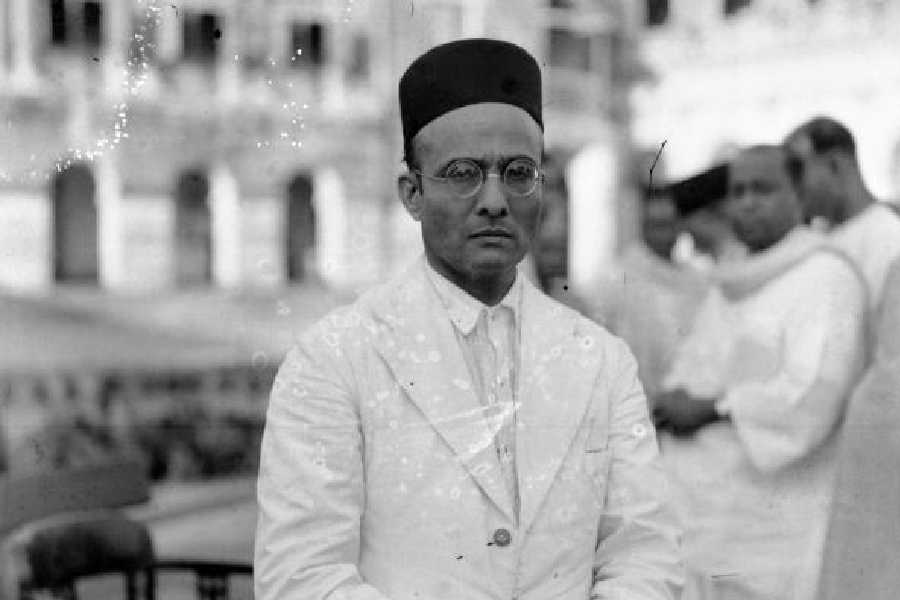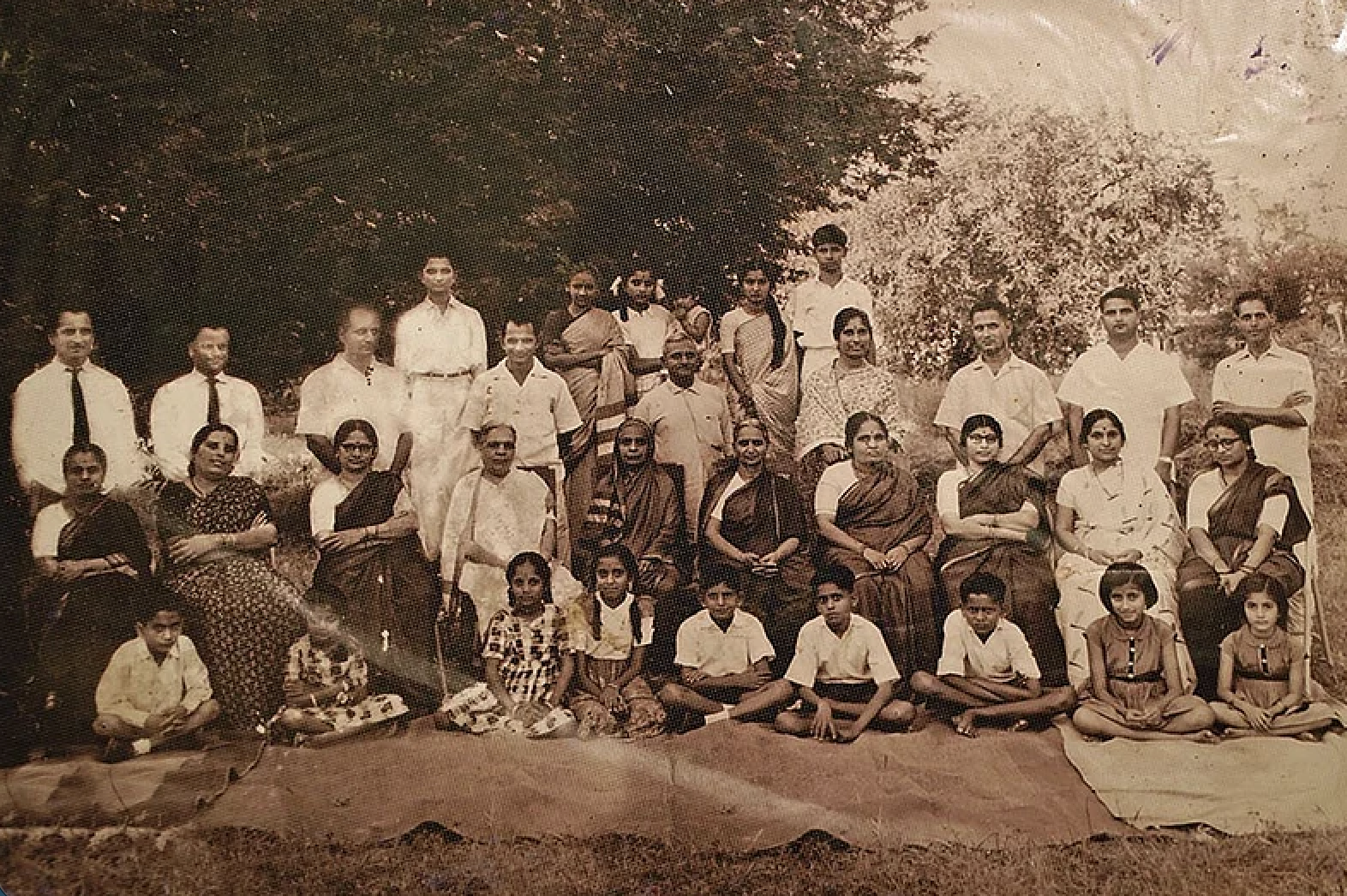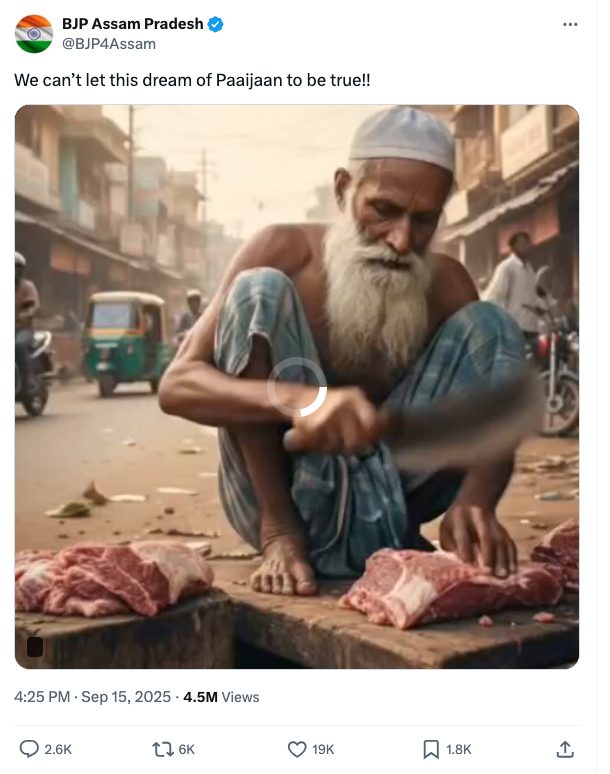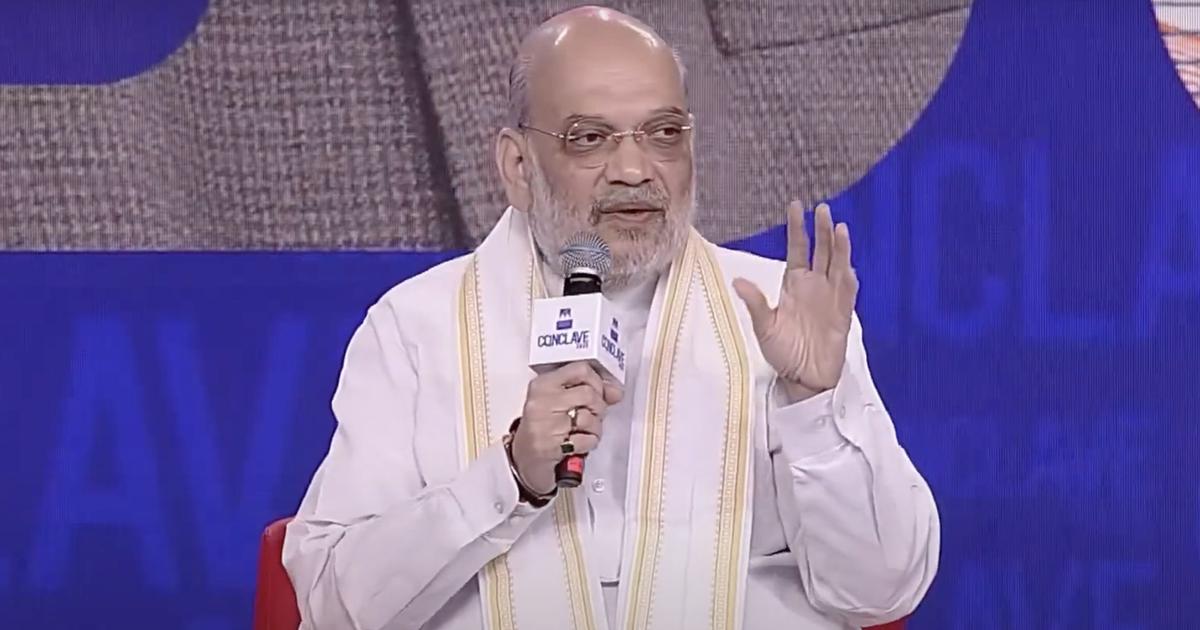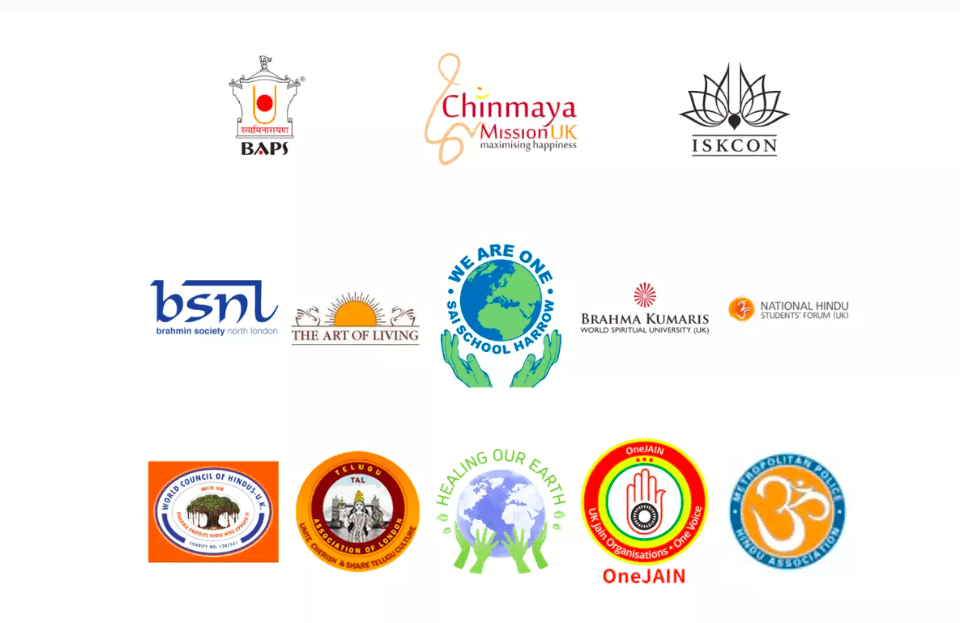
By Mausumi Das , Oindrila De , Zoya Khan / The Indian Express
It has been two years since the communal riots broke out in the northeast districts of Delhi, but the memory of how it unfolded is still vivid. A Muslim resident recalls that when the rioting started, he shut his kirana shop and withdrew to his living quarters upstairs. His Hindu neighbours came to his rescue. Yet, as the fault lines hardened in the coming days, the same neighbours shunned him socially and economically. Ironically, it was the Covid-19 lockdown that helped him regain his livelihood. The stringent regulations on movement during this period forced his Hindu neighbours to start buying their groceries from him again.
Northeast Delhi has the second-highest population of Muslims in Delhi (at 29.34 per cent by 2011 census). Here, Hindus and Muslims have lived together for many years. Yet as riots erupted in these narrow bylanes, family after family fled their homes, unable to trust their neighbours any longer. Then came the nationwide lockdown which shut down all economic activities for a prolonged period of time, wiping away the sources of livelihood for the majority of the population. In this backdrop, we undertook a research project to find out how the riot-hit households are coping two years after the riots.
We conducted a survey from October to December 2021 using the information network of a community service organisation called “Project Rebuilding Livelihoods”, which was involved in relief work in Northeast Delhi during the riots and the Covid lockdown period. We interviewed 294 families (predominantly Muslims) scattered across various parts of Northeast Delhi. Of these, 103 families were riot victims; others were not directly affected by the riots (our control group).
We find that the riots had a profound impact on the employment and occupational structure of families over and above Covid. Before the riots or lockdown, just over 8 per cent of the surveyed household heads (both riot victims and control) were either unemployed or not actively looking for work. Two years after the riot and Covid-19 restrictions, we observe a rise in unemployment in both groups. But the difference is striking. Whereas over 10 per cent of our control group household heads are currently either unemployed or not actively looking for work, this number doubles among riot victim households (over 16 per cent).
The reasons for such a glaring difference lie in the nature of occupations of the riot victims compared to the control households and the nature of the damage caused by the riots. A large percentage of respondent riot victims were running their own proprietary/partnership/family business (62.1 per cent compared to 28.9 per cent in the control group) in the pre-riot period. Most of these businesses were operating from their dwelling units (owned or rented) or from separate commercial units. They suffered the biggest loss in employment as many residential (71.1 per cent) and commercial units (41.2 per cent) were destroyed or damaged due to arson/vandalism/theft. About half of these respondents recouped this loss through a change in occupation (formal and informal wage employment). But the other half could not regain any kind of employment in the post-riot/Covid-19 period, resulting in a sharp rise in unemployment, and a fall in labour force participation among the riot victims.
Another surprising result emerged when we examined the data on dislocation of families. Communal violence often leads to residential segregation. This phenomenon has been observed quite starkly in cities like Ahmedabad, which has a history of communal conflicts. We find that this is not generally true for the families we surveyed in Northeast Delhi. Out of the 103 riot-hit households, only 16 families (about 15 per cent) shifted their residence permanently. Others either did not move at all, or had temporarily shifted elsewhere but eventually moved back to their original place of living.
Does this indicate that their trust in their neighbours was restored after the initial panic, confusion and fear? Probably not. While the geographical space occupied by the communities remains intertwined, fault lines have appeared in the social sphere. Before the riots, 66 per cent of our respondents used to interact with the Hindu community frequently. This has now fallen to a mere 28 per cent. Although some families did report that their lives and properties were saved because of their Hindu neighbours and friends, overall there is a sense of hurt and betrayal. This is quite palpable in the words of one of our respondents, who said: “Logon ki zubaan mei kuch hai aur dil mei kuch aur”. His shop was completely destroyed in the riots and he feels his Hindu neighbours did not do enough to prevent incidents like this. He perceives that people in the locality (some more than others) were disappointed that even after all the damages and losses incurred by the Muslim residents, they were not ready to leave. It is evident that the feeling of camaraderie and mutual trust between the two communities is broken. Two years is too short to heal these wounds.
After winding up our survey, we gathered in the house of a resident who had been helping us in locating the households. He used to run a tailoring business that closed down due to Covid. We sat in his living room sipping tea, while his son studied in one corner preparing for the JEE. “He does not like this atmosphere here; he wants to get out”, the father informed us. As we left, we prayed for the success of Ahmad. For therein lies hope for the victims – and the rest of us.
This article first appeared on indianexpress.com


